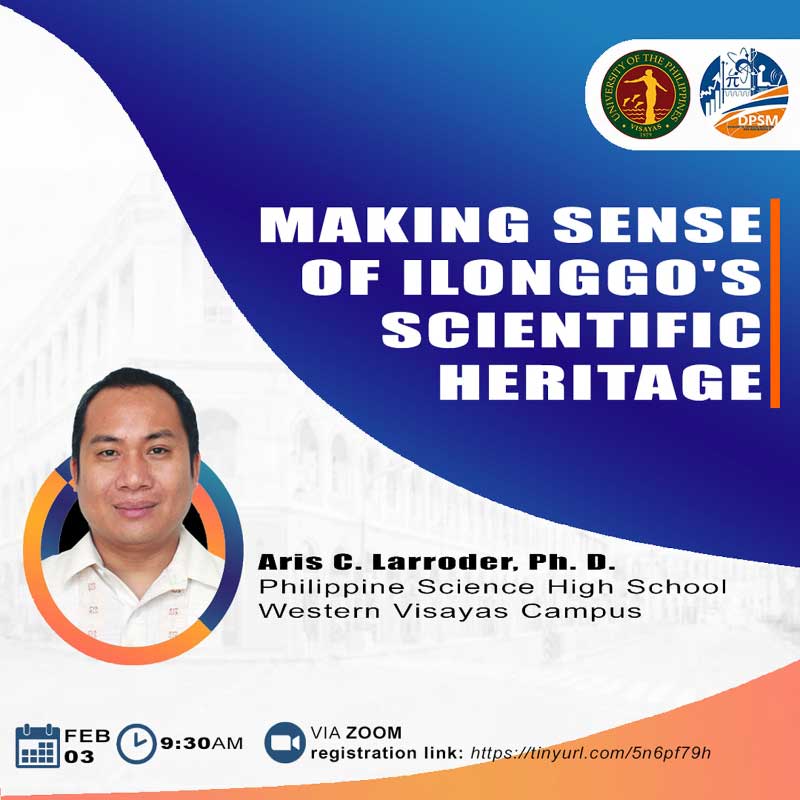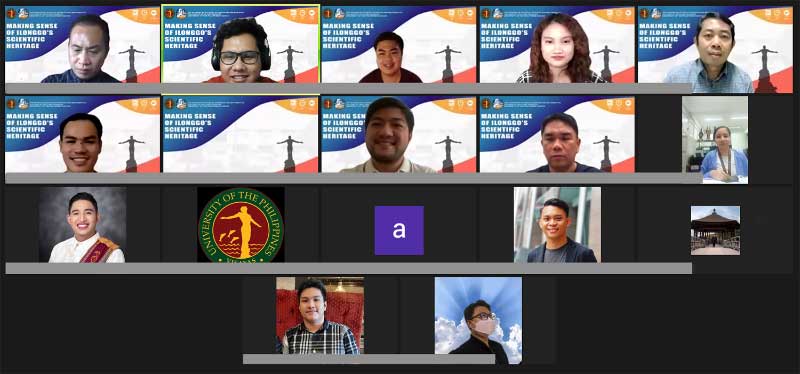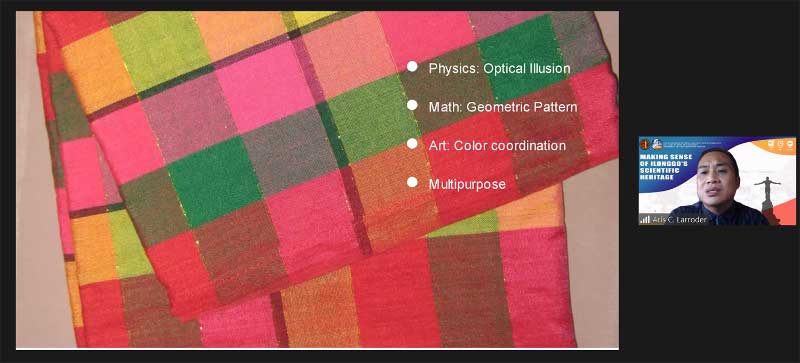Highlighting the essence of Ilonggo’s scientific heritage, the Division of Physical Sciences and Mathematics (DPSM) from the College of Arts and Sciences (CAS) held a webinar last February 3, 2023 via Zoom.
This is the second of a series of webinars initiated by the Division’s Public Service Committee related to the relevance of physical sciences and mathematics in everyday living.
The said webinar was conducted by Dr. Aris C. Larroder, a Physics and Research teacher from the Philippine Science High School – Western Visayas Campus. He finished his PhD in Science Education from Tokyo University of Science in Tokyo, Japan. He is currently the Research Unit Head of the school’s research program in which one of their pioneering works is to hold research events for the community.
Dr. Larroder highlighted the use of language, specifically Karay-a, as a heritage and a cultural marker. He explained “Panimad-un” as the belief system of the Ilonggos from which they derived their scientific heritage. The knowledge was conserved through time and generations through oral or “palaton-laton” and visual traditions.
He cited examples of knowledge conserved through visual traditions. One of the many examples is “patadyong” which is a scientific artifact, serving many purposes such as an aboy-aboy, a tablecloth, a costume or attire and many others. The weaving of patadyong involved mathematics in the form of geometric patterns as well as physics through the technology and its utilization. Another example mentioned was the newly constructed Roxas Gym that was patterned after the shape of the shell of the Angelwing Shellfish or “Diwal” to offer a streamlined design.
Other scientific heritage that was given is the “tagbak” plant which used to be a geographical marker in the past, now the name of a town, and “Mari-it” which signifies enchanted or dangerous areas; and many others.
There is already a threat to the loss of traditional knowledge due to the loss of plants, animals and the cultural contexts that formed the traditional foundation of relationship people once had with these entities. Through this webinar, Dr. Larroder hoped to inspire the Ilonggos, to practice and not forget this tradition and our own scientific heritage so that it will be passed on to the future generations. (DPSM)


























